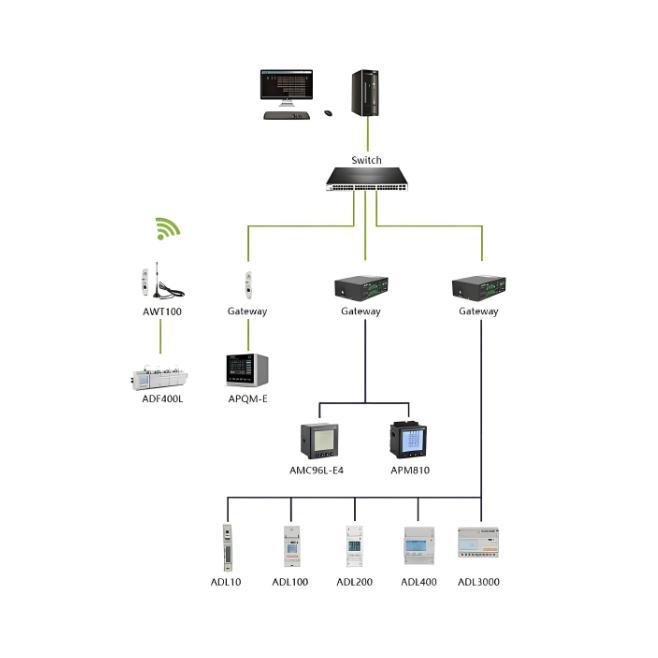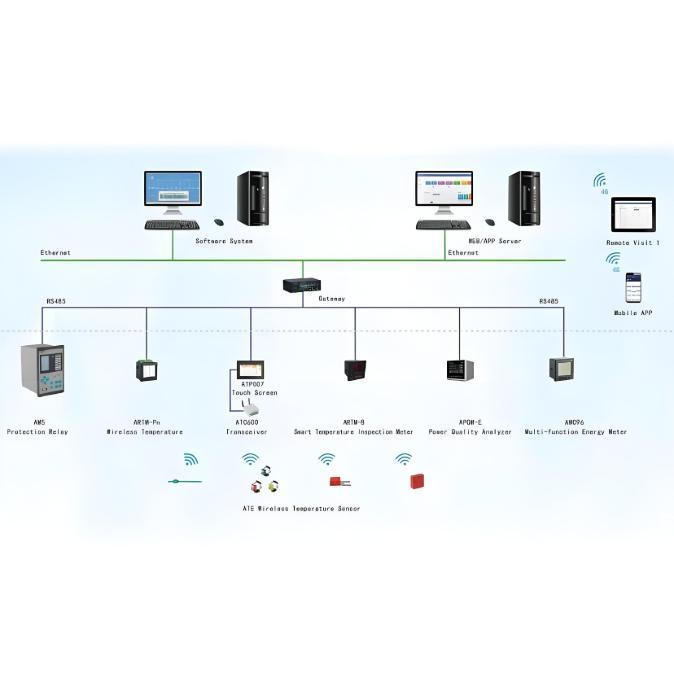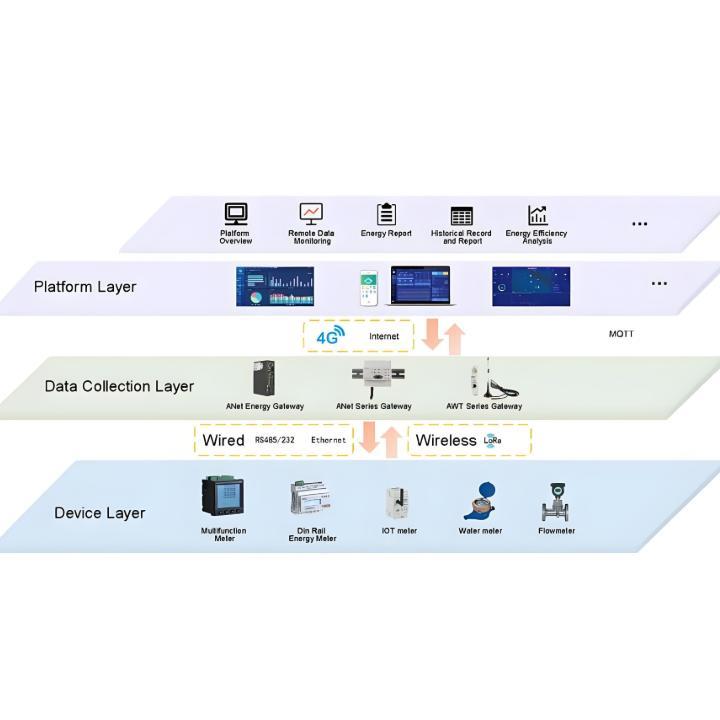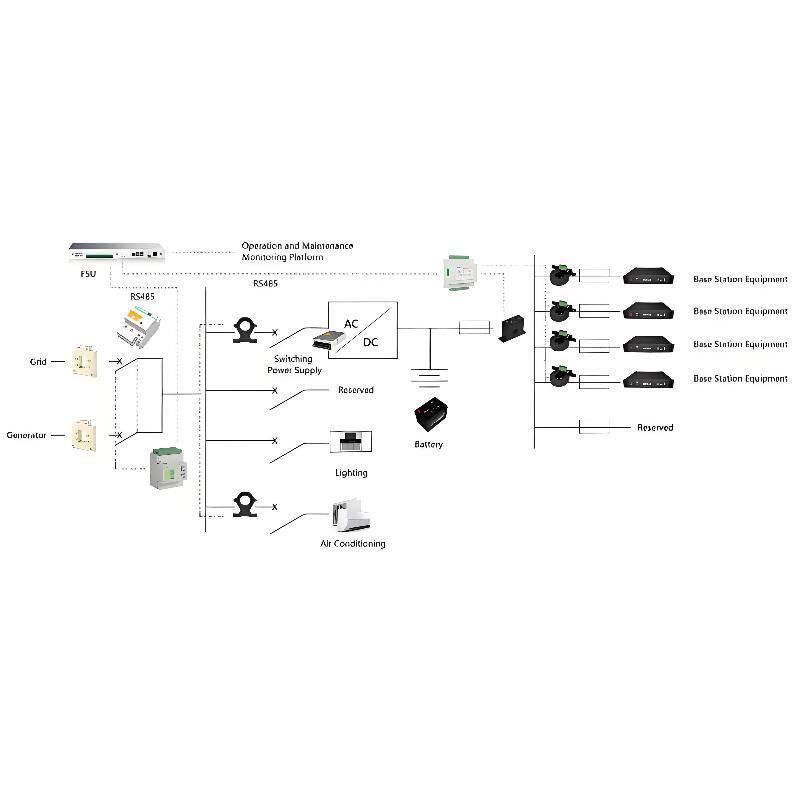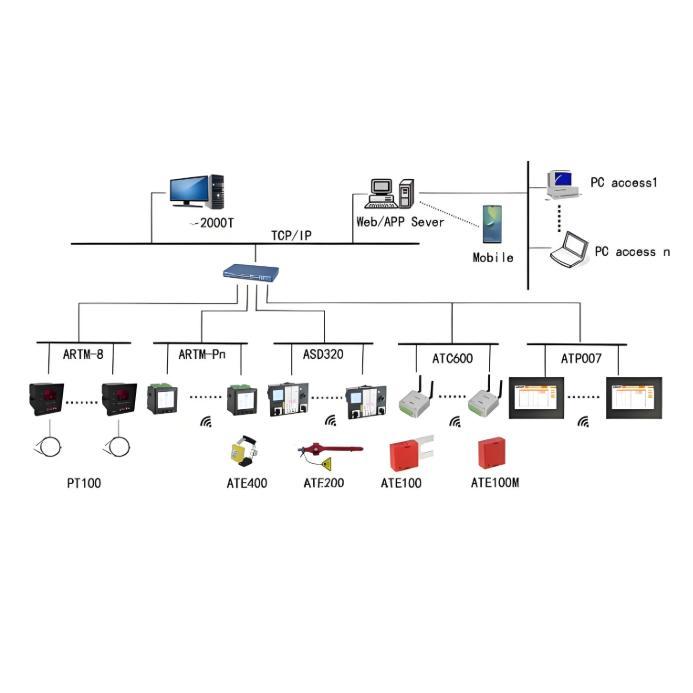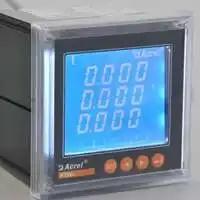A Novel Modular Monitoring Solution for Photovoltaic and Energy Storage Power Generation Systems
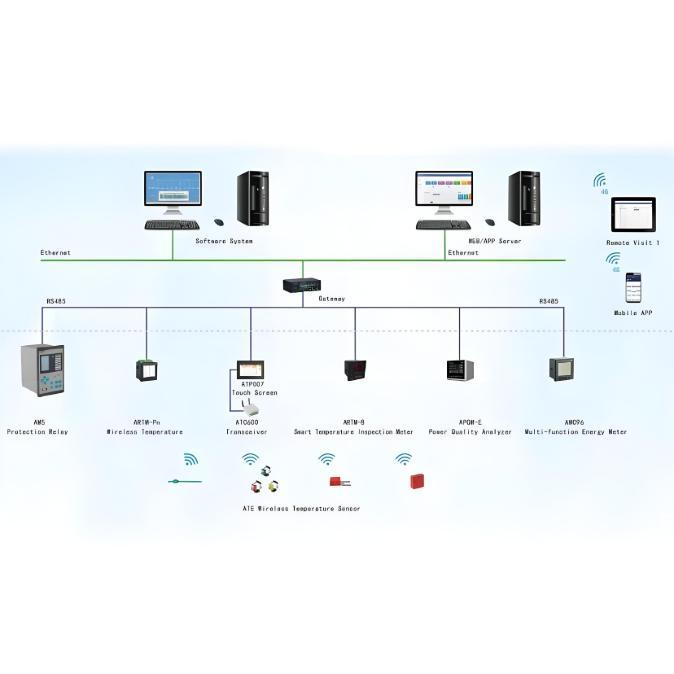
1.Introduction and Research Background
1.1 Current State of the Solar Industry
As one of the most abundant renewable energy sources, the development and utilization of solar energy has become central to the global energy transition. In recent years, driven by policies worldwide, the photovoltaic (PV) industry has experienced explosive growth. Statistics indicate that China's PV industry saw a staggering 168-fold increase during the "12th Five-Year Plan" period. By the end of 2015, the installed PV capacity had exceeded 40,000 MW, ranking first globally for three consecutive years, with continued growth anticipated in the future.
1.2 Existing Problems and Technical Challenges
Despite rapid development, traditional PV energy storage systems still face numerous technical bottlenecks in practical applications:
- PV Array Issues: To meet load voltage and power requirements, a large number of individual PV cells are typically connected in series and parallel. This structure is susceptible to partial shading, leading to "mismatch" losses and hot-spot effects, which significantly reduce system power generation efficiency and safety.
- Energy Storage Battery Pack Issues: Battery packs, also using series-parallel configurations, inherently face balancing problems. Battery inconsistency worsens with scale, not only increasing system complexity but also causing capacity degradation and shortened lifespan, hindering large-scale application.
- Insufficiencies in Existing Technologies: Although some researchers have proposed passive equalization management techniques, these methods merely shift the balancing problem without fully considering the impact of multi-module series connection on downstream circuits. They also lack scientific guidance for selecting key components like PV cells.
II. Overall System Solution and Topology
The core of this solution is to construct a novel, modular, and scalable power system topology.
2.1 Hierarchical System Composition
The system is structured hierarchically from the basic unit upwards into three levels:
- Module (Basic Unit):
- Composition: A single PV cell, a single storage battery (with matched voltage and capacity), 4 power switches, and an independent controller.
- Function: As the smallest autonomous unit, the controller manages the 4 switches to enable independent connection/disconnection of the PV cell and the battery, allowing flexible switching between five operating modes.
- Series String:
- Composition: Formed by connecting several of the above modules in series.
- Function: Increases the total output voltage of the string to match the input voltage range of the downstream DC/DC boost converter.
- System:
- Composition: Formed by connecting multiple series strings in parallel, converging through a DC/DC converter to a common DC bus.
- Function: The DC bus can directly supply power to DC loads or, via a DC/AC inverter, supply power to AC loads.
2.2 Core Advantages
This topology, through individual cell-level independent control, fundamentally eliminates the inherent shading effects and battery balancing issues of traditional series structures at the physical level. With proper component selection, the system allows PV cells to operate near their Maximum Power Point (MPP) consistently, thereby eliminating the need for additional MPPT circuits and complex Battery Management Systems (BMS).
III. Hierarchical Monitoring Strategy
This solution adopts a hierarchical control strategy to achieve refined monitoring from local to global levels.
3.1 Module-Level Monitoring Strategy (Autonomous Control)
Each module autonomously switches between the following 5 operating modes based on its own status (PV output voltage, battery voltage):
|
Operating Mode |
Switch State (S1/S2/S3/S4) |
Operational Description |
Typical Switching Conditions (e.g., for 3.7V Li-ion) |
|
Mode 1: Joint Supply |
ON/ON/ON/OFF |
Both PV and battery supply the load. |
Normal U_BAT (3.0V~4.2V) AND sufficient light U_pv(oc) > U_BAT + 0.2V |
|
Mode 2: PV Supply Only |
OFF/ON/ON/OFF |
Battery disconnected, only PV supplies power. |
Normal U_BAT BUT moderate light U_pv(oc) ≤ U_BAT + 0.2V |
|
Mode 3: Battery Supply Only |
ON/OFF/ON/OFF |
PV disconnected, only battery supplies power. |
Normal U_BAT BUT no light/nighttime. |
|
Mode 4: Standby/PV Not Charging |
OFF/OFF/OFF/ON |
Both disconnected, system bypassed, PV not charging. |
Battery full (U_BAT ≥ 4.2V) AND input voltage U_in < 16V |
|
Mode 5: PV Charging |
ON/ON/OFF/ON |
Both disconnected, PV charges the battery. |
Battery under-voltage (U_BAT < 3.0V) AND light available U_pv(oc) > U_BAT + 0.2V |
3.2 String-Level Monitoring Strategy (Voltage Coordination Control)
String-level monitoring uses the DC/DC converter's input voltage (U_in) as the key parameter, stabilizing voltage by connecting/disconnecting modules.
- Control Objective: Ensure U_in remains within the DC/DC circuit's allowable operating range (e.g., 12V ~ 22V).
- Threshold Control Logic (e.g., for 24V system):
- Low Voltage Threshold (16V): If U_in < 16V, the monitoring system automatically searches for modules within the string that are in standby mode but have normal battery charge, commanding them to connect, preventing the DC/DC from shutting down due to low input voltage.
- High Voltage Threshold (20V): If U_in > 20V, the connection of new modules is restricted to ensure U_in does not exceed the DC/DC's maximum input voltage.
- Protection Threshold (12V): If U_in < 12V, the string is deemed depleted, forcibly disconnecting it. All modules enter standby mode until a sufficient number of batteries recover charge.
3.3 System-Level Monitoring Strategy (Global Protection)
System-level monitoring focuses on ensuring power supply quality, with the DC bus voltage (U_bus) as the key monitoring point.
- Control Logic: The DC bus voltage is monitored in real-time. If the voltage falls below a critical threshold (e.g., 80% of 24V system rating, i.e., 22V), it indicates insufficient total system energy. The monitoring system will execute a global shutdown command to protect the inverter and load equipment, ensuring AC-side power quality.
IV. Key Component Selection Method
To address the matching problem between PV cells and storage batteries, this solution proposes a selection method aimed at maximizing solar energy utilization efficiency.
- Core Idea: In this system, the operating voltage of the PV cell is clamped by the battery voltage, making the matching of their voltage parameters critical.
- Selection Model: Based on an engineering mathematical model of the PV cell (considering temperature and irradiance effects), the system efficiency η is derived as a function of the battery voltage U_BAT and the PV cell's maximum power point voltage U_mp.
- Conclusion: For a 3.7V storage battery with an operating voltage around 3.9V~4.0V, simulation results indicate that the system's solar energy utilization efficiency is highest when the PV cell's U_mp is approximately 4.25V. Therefore, in practical selection, the PV cell's U_mp should be controlled within the range of 4.2V ~ 4.3V.
V. Expected Outcomes
- Significant Efficiency Improvement: Modular independent operation completely eliminates the inherent "bucket-brigade effect" and hot-spot issues of series structures, ensuring each unit operates efficiently. Simultaneously, precise voltage matching between PV and storage enables approximate Maximum Power Point Tracking (MPPT) without additional circuits, greatly enhancing power generation efficiency.
- Enhanced Lifespan and Reliability: The modular structure fundamentally resolves the balancing challenges caused by battery pack inconsistencies, avoiding overcharging and over-discharging, effectively extending the overall system lifespan. The hierarchical monitoring strategy provides multiple layers of protection from local to global levels, significantly improving system robustness.
- Cost Optimization and Convenient O&M: This design successfully eliminates the need for complex MPPT trackers and Battery Management Systems (BMS), reducing hardware costs. Its "Lego-like" architecture makes installation, maintenance, and expansion extremely convenient. Failure of a single module does not affect overall operation, reducing the total lifecycle cost.
